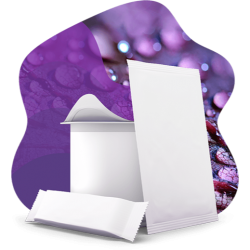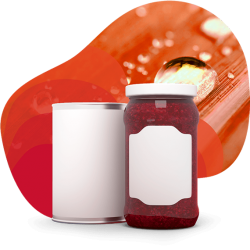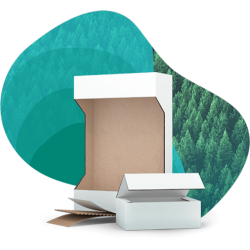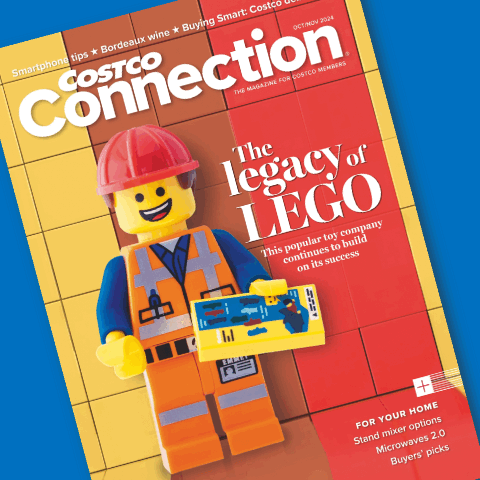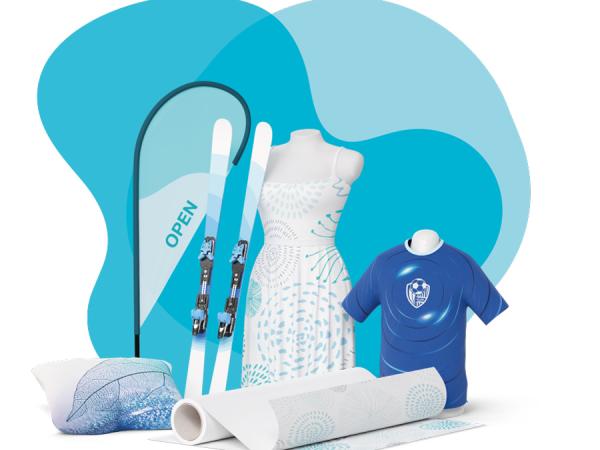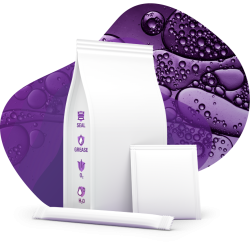
Pourquoi y a-t-il encore tant de mythes autour des "problèmes" de l'emballage durable ?
Les idées fausses freinent l'industrie de l'éco-emballage

Sustainable packaging is being increasingly adopted by consumers and brands – the industry’s global market size is predicted to almost double from $370bn in 2022 to $728bn by 2030. Despite this growth, however, there are still a number of misconceptions around eco packaging that are hampering the industry. These may put companies off from adopting sustainable solutions at a time when the reduction of waste is a critical issue for both consumers and regulators, as well as being necessary to help combat pollution and reduce greenhouse gas emissions.
Sustainable packaging can broadly be defined as that which has the least impact on the environment when considering the packaging design, manufacturing, materials and circularity. Paper-based products fit the bill as they are made from a renewable resource (woodfibre) that can also be recycled.
Five common myths about sustainable packaging – debunked
1. Sustainable packaging is only a niche solution
A report released in April shows that 71% of consumers in the US, Europe and South America are actively choosing products with eco packaging, while 90% of Gen Z are willing to pay more for sustainable packaging. This is a solution with serious mainstream appeal.
It’s also increasingly an option for some of the biggest global brands, many of whom have set ambitious goals to reduce packaging waste. Kellogg’s, for example, is aiming for 100% of its packaging to be either recyclable or compostable by 2025. While Coca Cola intends to ensure that all its product packaging is collected and recycled by 2030. In the future, it will likely be those brands that don’t switch to sustainable packaging that will be in the minority.
2. Sustainable packaging is substandard
Obviously, packaging that can’t protect a brand’s product or prevent it from spoiling is not fit-for-purpose. But make no mistake, modern environmental packaging can be as tough as anything else out there. For example, paper-based honeycomb mailer bags offer the same protection as plastic bubble mailers – with the added benefit of being recyclable. This year, retail giant Amazon committed to phasing out all its plastic bubble mailers in favour of recyclable paper packaging. Fluting (corrugated cardboard) can be made from recycled materials and still maintain its strength, while paper products are sturdy enough to replace plastic containers. That’s why Dutch brand Boxed Water is Better uses a 100% recyclable box made from 75% paper for its water, instead of plastic bottles.
3. Sustainable packaging offers poor choice
Recent years have seen a wave of innovation in sustainable packaging – new design features mean the likes of foods, drinks and cosmetics can safely use paper-based alternatives. Available alongside boxes as sustainable packaging options are mailer bags, cartons, wraps and more, all coming in a range of shapes and sizes. Again, the big brands are already onboard. Nestlé has committed to making 100% of its packaging recyclable, with its Smarties confectionary range already having made the switch to entirely paper-based packaging. Sappi, of course, offers a range of papers suitable for flexible packaging that can be used for food products, many of which have traditionally used plastic packaging (including pastry, sticky sweets, tea, soup and dairy).
4. Sustainable packaging all looks the same
Environmental packaging can be just as creative, customisable and fun as traditional packaging. Water and soy-based inks provide vibrant colours, but with lower energy consumption and without producing as many harmful, volatile organic compounds. Biodegradable coatings can add textures and effects. Choosing eco options needn’t mean compromising your branding – that’s why, this summer, iconic UK drinks brand Robinsons began rolling out its squash drinks in cartons made from wood fibres rather than plastic bottles. Meanwhile, US based skin-care company Native uses primary packaging made from sustainably-sourced paperboard in its deodorant, body wash and other lines.
5. Sustainable packaging is more expensive
According to Zuzanna Mazurek, head of sustainability at custom branded packaging site Packhelp, “This might have been true when companies first turned towards sustainability, but this is no longer a valid argument.” Often, recyclable materials, such as cardboard used for boxes, are more cost-effective than plastic options. But, as Mazurek points out, even where sustainable materials require a greater initial outlay, they can still create savings. For example, eco-packaging often requires less material and is lighter and slimmer – which can save on transportation costs at every stage of a product’s lifecycle. After UK online flower marketplace Floom switched to more environmentally friendly packaging, they used 7% less material and benefitted from a 15% cost reduction.
